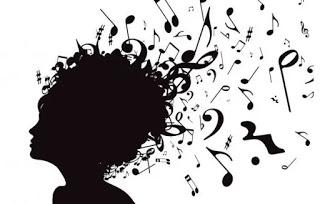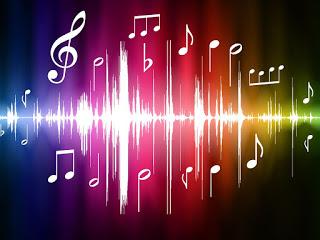

“ It might seem like a no-brainer that togetherness is a primary benefit of music. But think about that idea in relation to the ways of listening enabled by 20th- and 21st-century technology. When you tune your earbuds to a playlist on a crowded subway, or blast your favorite album alone in your car, what are you doing? You’re regulating your own mood. You’re occupying your mind. You’re enjoying an art form that captures the ineffable. These are great things. But if you’re plugging into a greater human whole, it’s only in a notional way: a feeling of closeness with the singer, perhaps, and with their far-flung fan scene, maybe.”
This quotation taken from an article from Atlantic web page contrasts the traditional ways of experiencing music with the more modern methods of using technology to participate.
The traditional community centered around a gathering for choir practice, chamber music, orchestra or wind symphony rehearsal is threatened by the limitations of Covid-19. The traditional community centered around the celebration of a popular singer or rock group suffers from the same. Just as the Internet and home office have eliminated the social interactions of the professional environment, so have ipods, virtual performances and audio-engineered choirs on social media eliminated the requirement of live interactions required for creating and enjoying music. While some of this technology has been available for quite a long time, the increase in sophistication and platform has catapulted its use into making live performances, especially during the pandemic, more atypical than the norm. We have marginalized and minimized the community within the music world- you can create the illusion of the musical experience in a virtual environment and charge for such events.
One attempt at a substitution for a live performance are the “drive in” performances in empty parking lots. I say substitution because this is still not the same as the acoustics in a performance hall with proper seating and view of the performers. It is an inferior substitution for a dire situation.

And virtual is never quite the same. My own musical society meets once a month, normally, during the academic year. Since Covid-19 we have resorted to zoom meetings only. Surprisingly, however, this brings some unexpected benefits. Someone like myself, one of the more amateur members of our group, are more likely to volunteer to perform and present in a virtual environment. It is more forgiving for nuances and subtleties only noticeable at small, live events. In some ways then, virtual opens up more opportunities for people to participate and build their skills.
But it doesn’t make me any less nostalgic for my season tickets to the San Diego Symphony (given up long ago when I gave birth to my daughter), or my monthly meetings at rotating houses for my music society, informal gatherings of chamber musicians and small local, even free performances all centered around the celebration of music. Not to mention my weekly rehearsals for a local community wind symphony and quarterly concerts at local churches.
